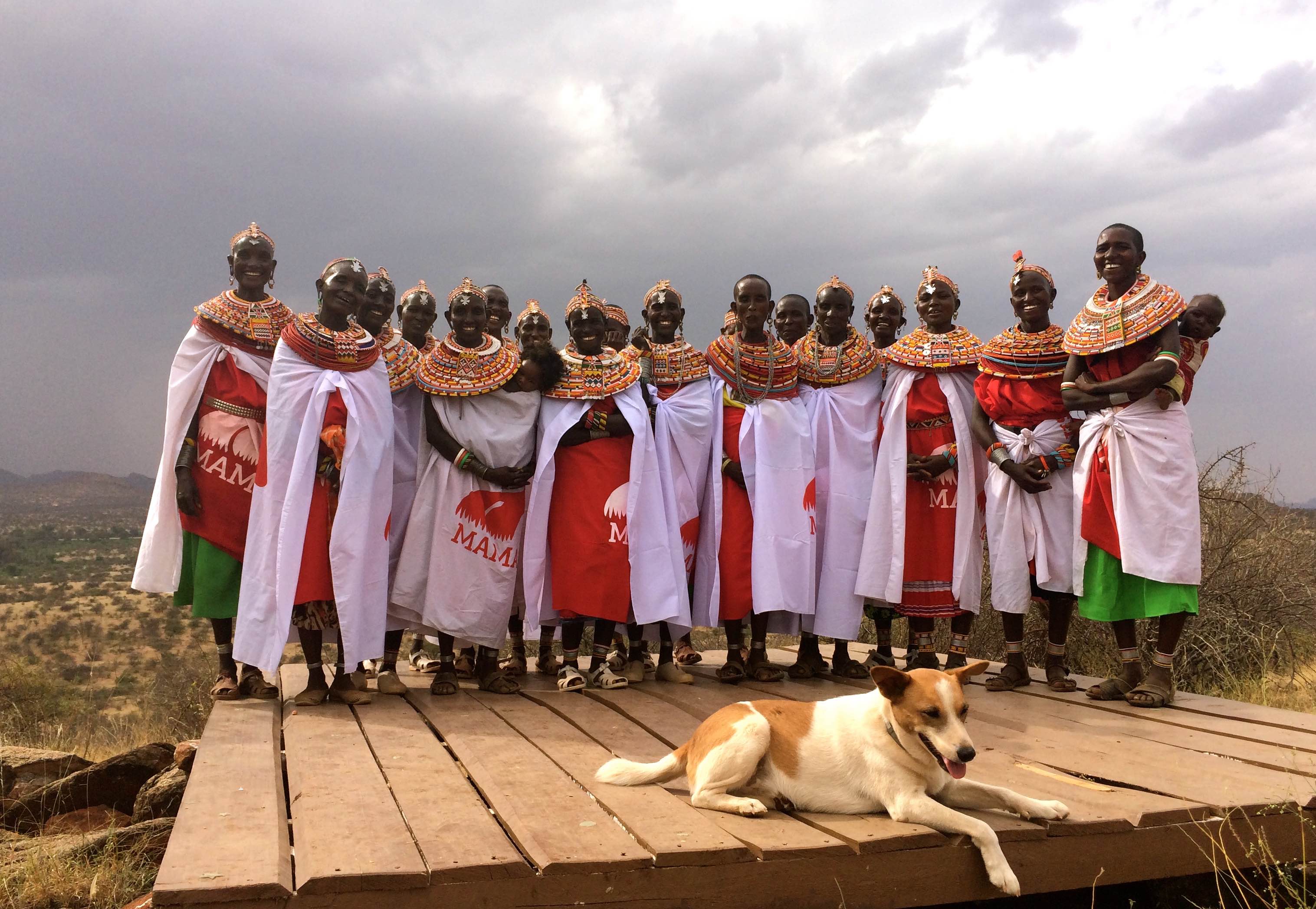Sasaab Village, Kenya
Sasaab Road, Samburu County, Kenya
The Mama Simba group live within Sasaab Village, in Westgate Community Conservancy, Samburu County, northern Kenya. This is a semi-arid region where the communities depend on their livestock for their livelihood and retain a pastoralist culture. Thanks to conservation, the Mama Simba women’s group participate in conservation training, education, sustainable livelihood programmes – such as the production of special beaded lion figurines, providing them with a supplementary source of income. They also report on lion sightings and conflict issues. When once it was difficult for these women to protect lions, they now do so with great pride, bravery and a sense of ownership. Their passionate conservation message permeates throughout the communities they live in.
Top environmental challenge faced by the community (currently or in the past 10 years):
The challenges the ladies face here include environmental degradation of their land, increasing droughts leading to less grazing and lack of water due to drying up of the river.
How the environmental challenge has affected local livelihoods:
These environmental challenges affect the community's livestock as often many do not survive through the droughts which are increasing in frequency and duration.
Community response to the challenge, through environmental stewardship (conservation) initiatives that improve environmental well-being and support sustainable livelihoods:
In response to environmental challenges within Samburu, local women were eager to get involved in conservation, and approached Ewaso Lions asking for conservation training and education. In response, Mama Simba (“Mother of lions”) programme was launched in Westgate Community Conservancy. Through Mama Simba, women who have had very little exposure to conservation issues are provided with the knowledge and skills they need to reduce their environmental impact, improve livelihoods, and help conserve and coexist with wildlife. Samburu women are typically responsible for their household. Due to their roles (fetching firewood and water, maintaining the homestead and tending to livestock), they are central users and managers of natural resources and also frequently come into contact with wildlife. When elders and warriors are away with cattle during the dry season, women often remain within the village. Consequently, they often have to deal with human-carnivore conflict first-hand should a predator attack livestock inside their village at night. Yet, despite the important role they play, Samburu women have rarely been included in conservation activities in northern Kenya until now.
Extent to which governmental policy (at local, regional or national levels, as relevant) has supported, or been contrary to, the community's responses to the environmental challenge:
Mama Simba has been strongly supported by local leaders including the Governor of Samburu. They are yet to be known on a national level however we believe this will happen with more exposure.
Keywords: Ecosystem
Desert
Keywords: Resources
Wildlife
Keywords: Big Issues
Biodiversity, Climate change, Education, Gender issues, Indigenous peoples
Keywords: Solutions
Ecological Restoration, Empowerment, Local/Traditional knowledge
Contributed by: Dr Shivani Bhalla, Ewaso Lions
The information provided and opinions expressed above are the responsibility of the contributor and do not necessarily reflect the views and analysis of the Community Conservation Research Network (CCRN), nor those of all members of the community described.
For any questions or comments on Communities in Action, please contact us
here.



